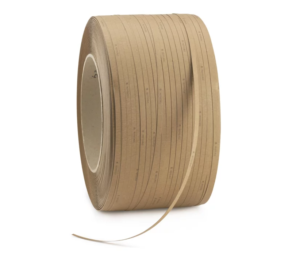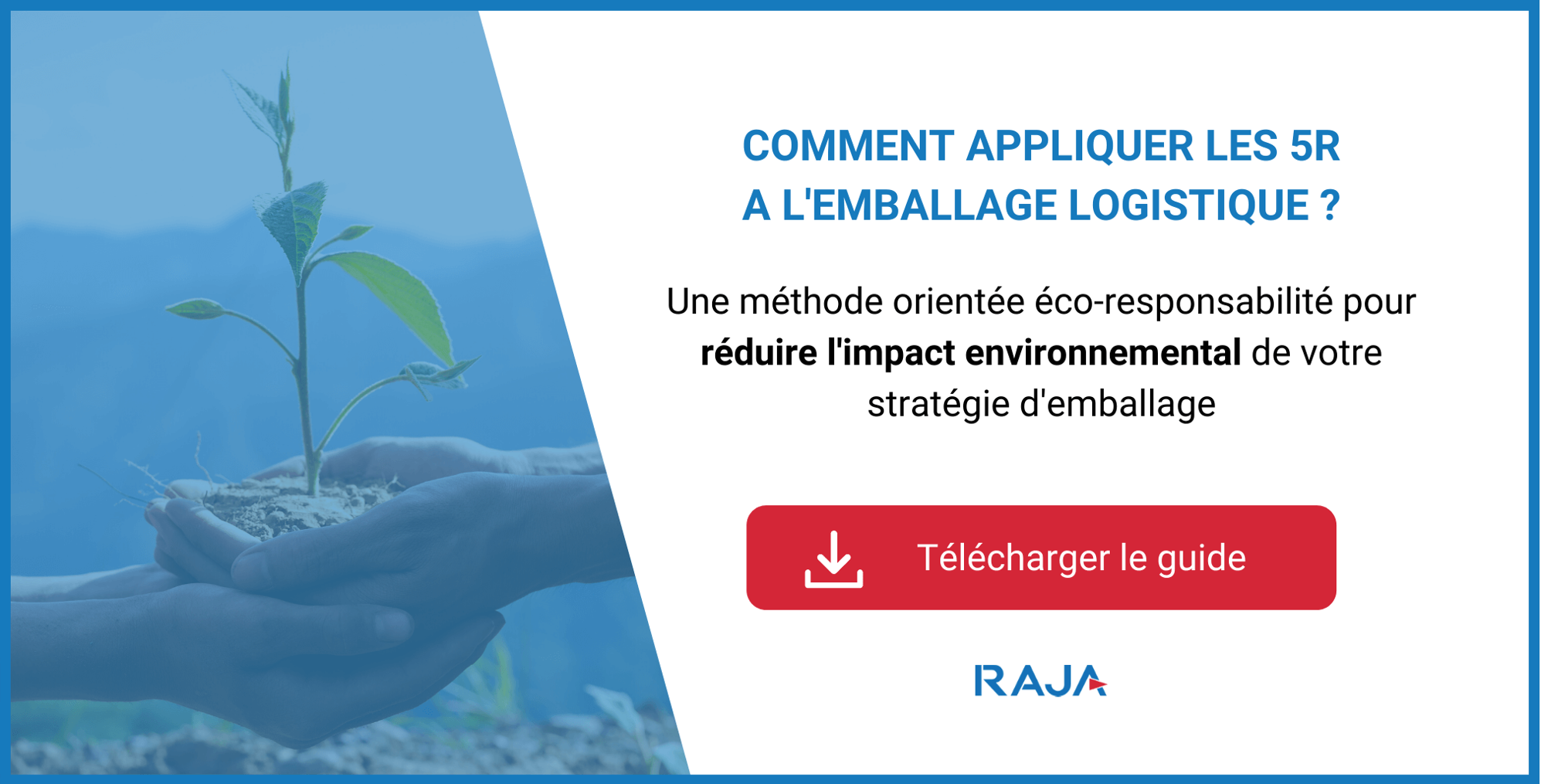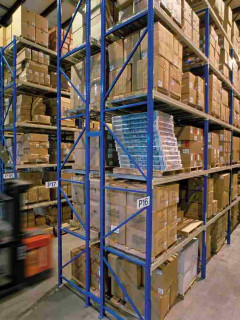Has your logistics division started to hunt for plastic packaging? As you probably know, there are many more environmentally friendly alternatives to plastic packaging.
Until now, one element of your packaging has been difficult to make more environmentally friendly: plastic strapping, which is used to tie packages together.
What if the packaging cord, made of cotton or sisal, was the solution to make your parcels ostensibly more eco-responsible? Focus on this innovative and image-enhancing solution.
Plastic strapping: a packaging practice that has its limits
The strapping is an essential practice for many industries. It can be used to bundle products together, but also to secure packages to make them tamper-proof. And for strapping their packages, logisticians previously had only one solution: the plastic strap.
Using a manual strapping machine, or an automatic or semi-automatic strapping machine, they used polypropylene (PP), polyamide (PA), polyester (PES), or high-strength polyethylene (PE) strapping to secure their goods. These types of plastics have significant advantages: they are highly resistant, especially to chemicals, and allow for very strong fixation.
| Advantages | Disadvantages | |
| Polypropylene (PP) | Lightweight Water resistant Resistant to most acids and alkalis Low cost UV resistant |
Low resistance to temperature variations and abrasion |
| Polyester (PES) | High breaking strength | Somewhat heavy |
| High strength polyethylene (PE) | Very high breaking strength Very lightweight Water resistant Very resistant to acids and alkalis |
Resistant to temperature variations only up to 70°C |
| Polyamide (PA) | High breaking strength | Swells in water, and loses strength on contact with it May become hard Not fully resistant to some acids Not resistant to UV light |
However, this plastic strapping now has two major drawbacks:
- It does not offer an ideal unboxing experience. Indeed, to open their packages, end customers have to use very powerful scissors, capable of cutting the plastic strap – which presents a risk of injury, when the strap suddenly loosens. What’s more, these very strong straps take up space in the waste bin.
- It is not ostensibly eco-responsible. This is the major drawback: the plastic used in these straps does not give an environmentally friendly image of your company. For example, if PP is recyclable after sorting and collection in the company, it is not easy to point out to end customers, directly on it, the end-of-life instructions for this material. Many of them will therefore not sort it, and will retain an image that is not very eco-responsible for your packaging methods. At a time when consumers are increasingly attentive to the environmental impact of their purchases, this is a real concern for your brand image!
Rope or cord: an alternative to consider for your packages?
In recent times, we are seeing more and more logisticians opting for an alternative method of bundling their products, or alternatively securing their packages: rope, or cord.
Available in different materials, these packaging solutions have the advantage of making unboxing of parcels more pleasant for customers, but also giving an eco-responsible image to orders.
| Advantages | Disadvantages | |
| Cotton | Very eco-friendly image | Low resistance Sensitive to moths |
| Linen | Very eco-responsible image Very rewarding |
Low resistance Absorbs dirt |
| Hemp | Extremely strong | Coarse fibre Difficult to unravel once wet |
| Coconut fibre | Very high abrasion resistance Good elasticity Low dirt absorption Good shock absorption |
|
| Sisal |
| Paper strapping: another environmentally friendly alternative to plastic strapping
Made from 95% recyclable kraft paper and 5% vegetable glue, the paper strap is a real ecological revolution for order pickers. It is printed “100% recyclable”, which guides the customer to the right sorting channel, and can be used both manually and with a semi-automatic strapping machine. |
Focus on cotton and sisal packing cords
Are you planning to work on the eco-responsible image of your packages? Cotton or sisal cords can be a superb alternative to your current plastic strapping method.
These packaging cords :
- Are clearly eco-responsible: they give your parcels a natural look
- Make packages easy to open: no tools needed to break them open, and no risk of injury
- Function on both smooth and non-homogeneous surfaces, so they are suitable for all types of packages
- Allow you to bundle very small products, something that is not easy with plastic strapping
- Can be used in a variety of industries: while the food industry uses them to package meats, other industries (such as retail) use them to bundle products securely
These cords are used with specific machines, which allow them to be tied semi-automatically. Like a traditional strapping machine, you position the package in the centre of the machine, which takes care of tying the packaging cord around it.
When choosing your wrapping cords, you have several options:
- Cotton cord has a strength of 15kg for a single tie. If you want to increase its strength, simply add more cords around your goods: ideal for heavier packages. It is naturally white, but can be dyed any colour to match your brand image.
- Recycled cotton cord has the same properties as traditional cotton packaging cord, except that it is made from recycled materials. An even more eco-friendly alternative to consider.
- Elastic cord will be ideal for bundling or securing very heavy or hard products, such as wood or metal. It contains natural rubber, which allows tight lacing without damaging the goods. It is tear resistant up to almost 40kg of load.
So, ready to switch to the knot, to give your consumers the best customer experience?

















